Watches and clocks have been around for decades, even centuries in some parts of the world. What would you do if you didn’t know what time it was? Modern humans constantly rely on watches and clocks in order to carry on throughout the day.
Watches and clocks are rather interesting and have evolved throughout the years.
Here are the top 10 most ancient watches and clocks made throughout the years:
Rolling ball clocks
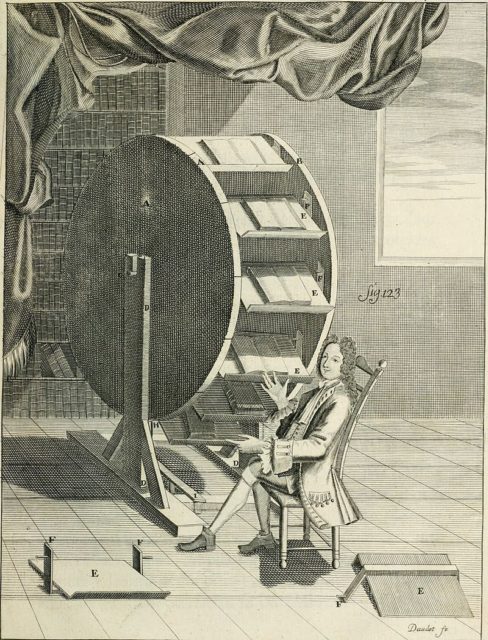
This clock was invented back in the 17th Century by French engineer Nicolas Grollier. The clock kept time by using the rolling balls on a zigzag tack. The path the balls took lasted somewhere between 15 seconds to a full minute in order to complete. Once the ball reached its destination, it would trip the mechanism that moved the hands back and forth. The balls would then reverse the tilt to turn the ball back to its original position. Sadly, the clock had one major flaw; it would take work to keep the ball tracks clean. When it became dusty, it would make the ball slower, making the time inaccurate.
Candle clocks
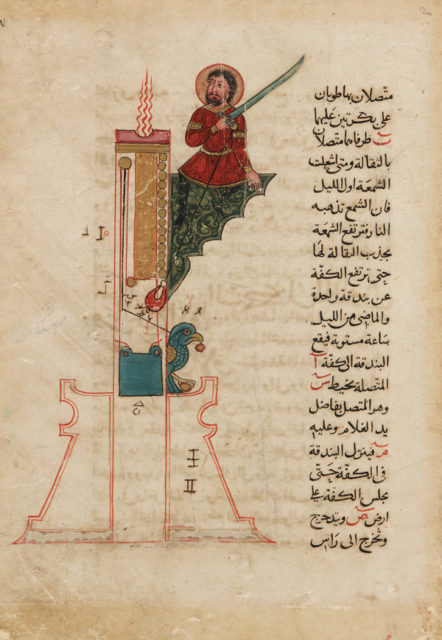
This is a rather simple mechanism in how to tell time. The clock relied on the slow and consistent burn of a wax candle. By using this process, people were able to keep steady track of time. The clock was created by engraving a length of a candle with evenly spaced marks. Each of the marks would represent a single hour. Once the wax burned down, each hour would melt away. In order to tell what time it was, a person would check the highest remaining mark.
These clocks were even used as alarm clocks. In order to do so, a nail was inserted into the wax at the time a person would need the alarm. When the wax would melt that far, the nail would chime into the metal tray below. Some of the earliest clocks like these were found as early as 520 AD in China. Sadly, no one knows who invented it or where it originated.
Water clocks
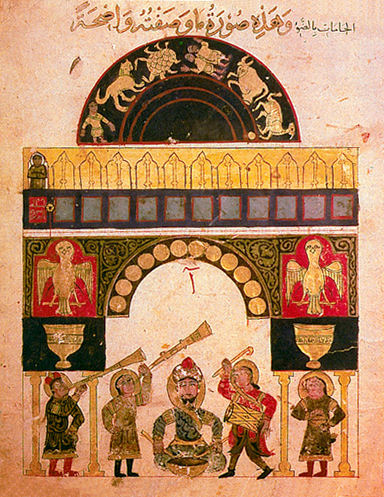
This clock is believed to be the oldest and simplest way of keeping time. It dates back to the 16th Century BC in Babylon. The clocks used a steady flow of water in order to keep track of time. A larger bowl would be filled with water and be allowed to slowly drain from a spout in the bottom. The inside of the bowl had marked all of the times so that one could see how much time had passed. If the time was missed, someone could put another bowl beneath the original to see how much water/time accumulated.
The only downfall with this model was that the water flowed more slowly as the bowl emptied.
Incense clock
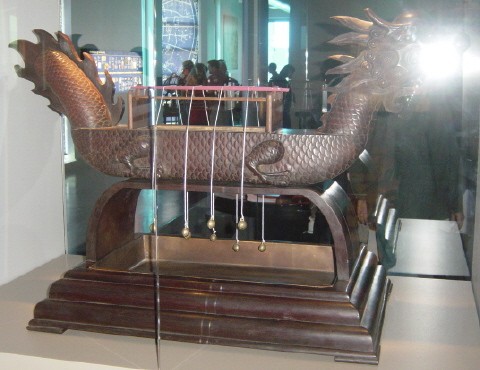
This clock originated in 6th Century China. The clock took advantage of slow-burning incense by freshening up a room as well. The person would select a fragrance stick based on the length of time they needed for measuring. One could guess what short and long sticks were used for, but they also had spiral sticks used to measure days at a time. Not only were they used to tell time, but they were also used for their smell, as well as a decorative piece.
Automaton clock
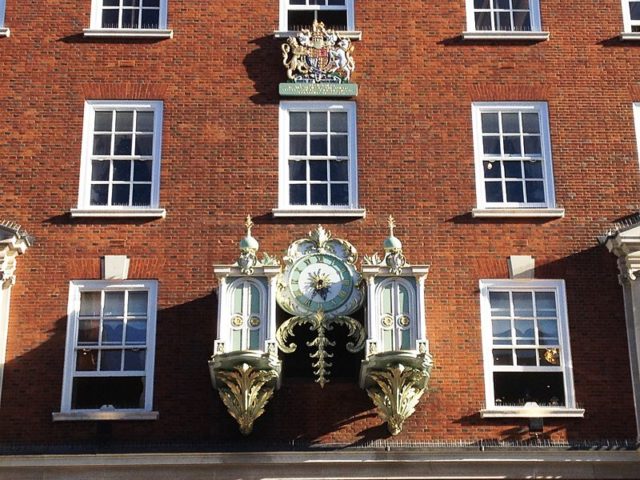
This clock uses figurines to mark the time. For example, a cuckoo clock would be considered as one. There are many different variations of these over the years, some even date back to the 1st Century BC. One of the most famous is Munich’s Glockenspiel that has 43 bells. Each hour it takes 15 minutes to produce the little show.
Obelisks
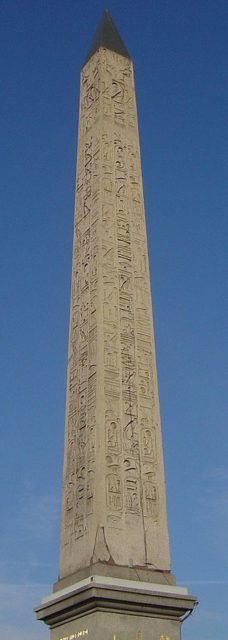
These are also an Egyptian invention. They took advantage of the shadows created by the sun. They were generally pointed, and as the sun moved across the sky, it created larger shadows. The path of the shadow could be mapped with intervals that produced the times and hours of the day. The Egyptians built these with great care and often decorated them with hieroglyphics.
Astronomical clocks
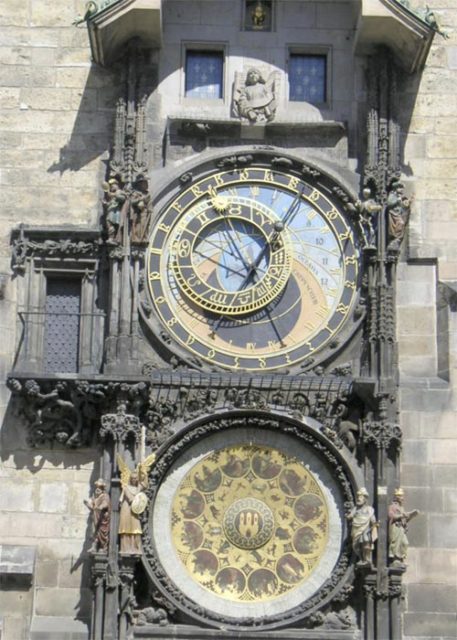
These clocks not only tell the time of day or night, but they also keep track of celestial information. They generally show the phases of the moon and placements of the stars. This clock was also made by Al-Jazari in 1206. This is considered one of the first programmable computers. It allows the person to reprogram the clock during the day for the seasonal changes. It had many different functions, such as measuring the orbits of the sun and moon and the current zodiac sign.
